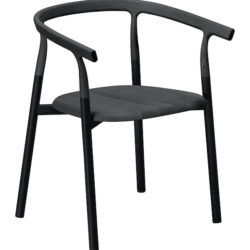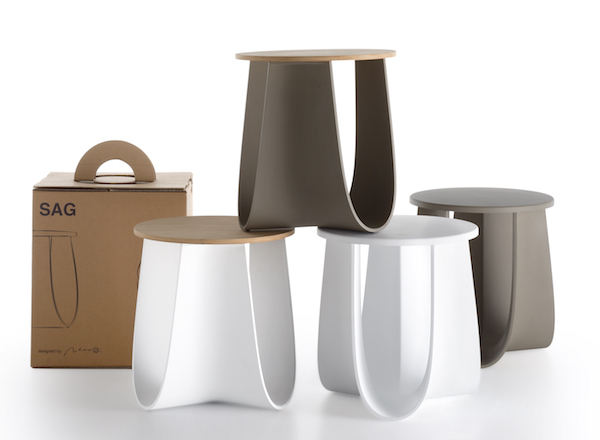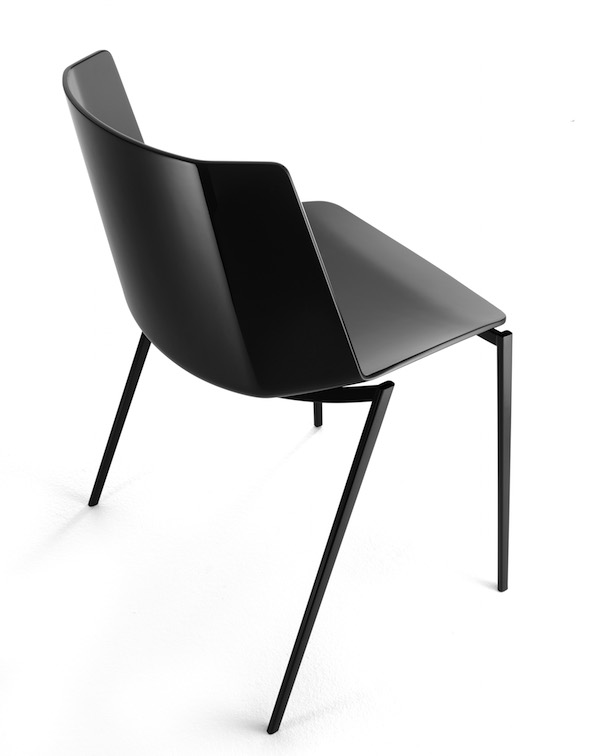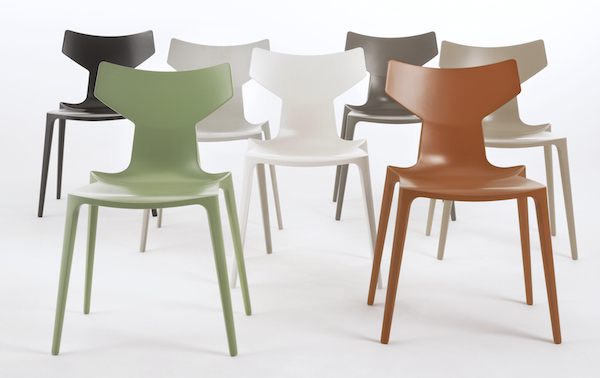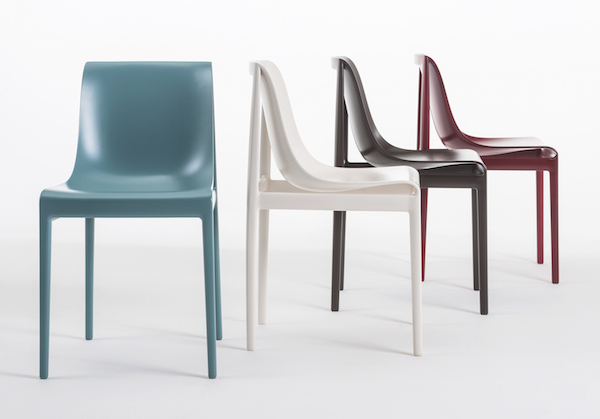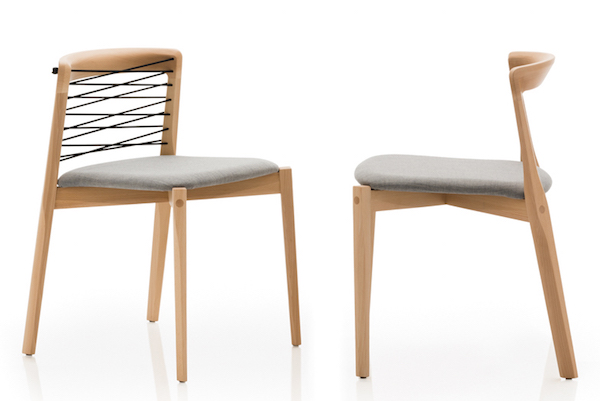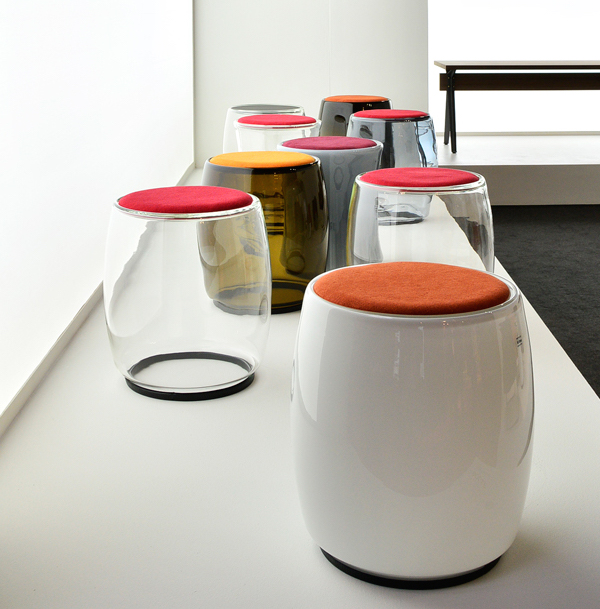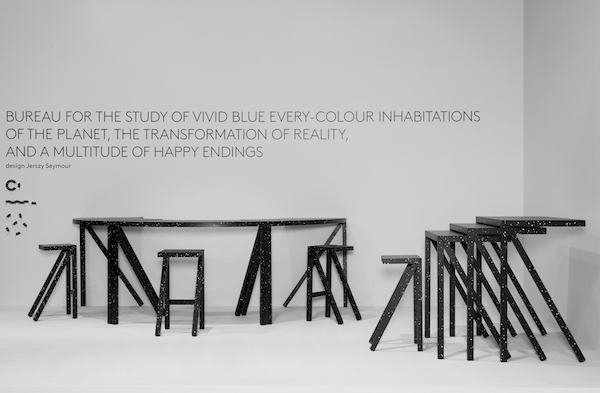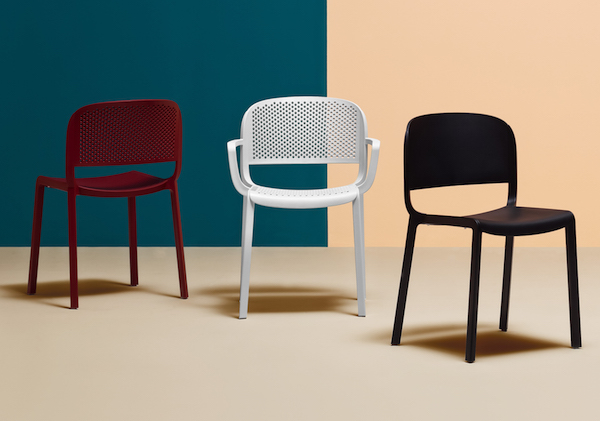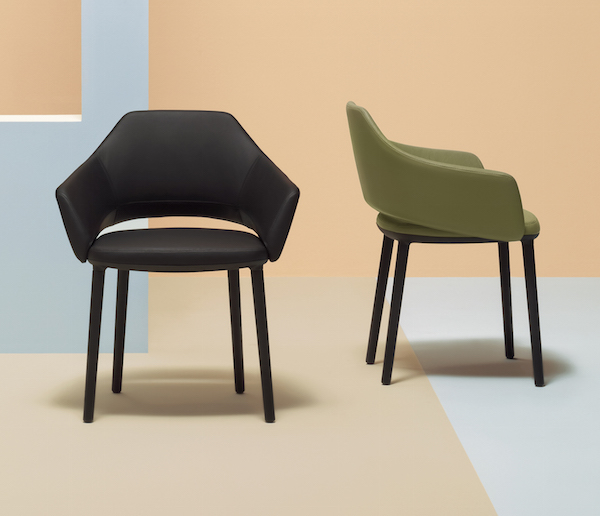
In furniture design, chairs -armchairs, stools and seating systems- are absolutely the most productive sector. It’s confirmed by the number of new products generated by the designers’ prolific minds presented at Salone del Mobile and Fuorisalone 2016. Yet, there are limits! Just very few of them are really novel and excelling chairs.
Is it really a necessity to design hundreds of new chairs every year, considered that some icons are still being manufactured and sold, for the benefit of some leading companies and designers?
Two great masters have already answered this question: over 20 years ago Bruno Munari stated that “there are more chairs than butts” and Ettore Sottsass added, quoting him, “we should design new butts rather than more chairs“.
That’s gospel truth, but the élan créatif never stops and the Milano Design Week 2016 has also given us an incredible amount of chairs of all kinds, shapes and sizes, the general standard is good but I honestly find it hard to determine which one will become an icon-chair or a masterpiece for the future.
It was interesting in this regard the exhibition Icons Reloaded by GTV-Gebrüder Thonet Vienna dedicated to its historical pieces and indicating which of these are still in production.
Obviously, Nendo’s 50 Manga Chairs are not in the list. Not chairs, but speaking objects and ironic artworks. Yet the only ones really generating emotion. (both the exhibitions at the of kiosk of Facoltà Teologica dell’Italia Settentrionale).
Here are the top 10 chairs for public spaces, according to WOW!
Twig, Alias, design by Nendo.
The concept is a seat with an aluminium base that change material and become wood, in an organic connection with the armrests, also made of wood. The collection consists of four versions, each with its own identity, made up of different elements which are then paired with the base made of aluminium.
Sag, MDF, design by Nendo.
This stool -or coffee table?- has been designed as a whole piece folded on itself and melted in three directions into a single shape. Its concave arc structure, thus generated, gives it an elastic image. It is made in stiff polyurethane, called TECH, highly shock-resistant, scratch-resistant and resistant to ageing for indoor or outdoor use.
AÏku, MDF, design by Jean Marie Massaud.
A light, elegant and radical collection of highly comfortable chairs; an essential image available in six versions of bases and a wide range of finishes.
Shell made from two-colour polypropylene through injection-moulding, mass pigmented with double finish; gloss outside, in black and white colours, inside with matt saffiano effect in different colours.
Organic chair, Kartell, design by Antonio Citterio.
This eco-sustainable chair is the first in the world made from BioduraTM, a material obtained from renewable raw materials (renewable plant-based sources). Through a biological process, microorganisms “attack” waste material to create biomass that is similar to a very high-quality plastic. Organic Chair is perfect for both indoor and outdoor use as it is extremely durable, which also makes it perfect for the contract market.
Dream’air, Kartell, design by Eugeni Quitllet.
The final version of an innovative seating concept in terms of form. The chair is made in a single mould with a seat that seems to levitate in the centre.
Helix, B-Line, design by Favaretto&Partners.
A light and dynamic chair to admire, following the spiral of its long back “legs”, whose various cross-sections recall the elegant screw shape of a propeller. The version with the backrest featuring a corset of elasticised cord transforms it into a distinctive graphic mark.
Bolle, Fattore, design by Enzo Berti.
It is a system of poufs and tables with pure and contemporary lines. Made of Murano blown glass, through the transparent material, they evoke a clear feeling of lightness. The pure volumes of the elements create, with the alternation of concave and convex forms, a dynamic and colorful landscape of objects. Each element can be characterized by upholstered seat in colorful fabric and wooden top.
Happy Endings, Magis, design by Jerszy Seymour.
The real name of this collection of high stools and tables is ‘Bureau for the Study of Vivid Blue Every-Colour Inhabitations of the Planet, the Transformation of Reality, and a Multitude of Happy Endings’ they form a part of the conceptual art work ‘New Dirty Enterprises’ by Jerszy Seymour, first presented at the ABC Art Fair in Berlin in 2013. The collection is made from fully-recyclable standard welded aluminium sections with a hand splatter-painted mediatic surface . They can be configured to create many different working or socialising situations.
Dome, Pedrali, design by Odo Fioravanti.
It is a collection of stackable chairs inspired by the glorious tradition of the bistrot chairs with curved silhouettes and generous shapes. The details of the injected polypropylene remember the joints of the solid wood. The version with perforated shell features a texture recalling the industrial metal plates.
Vic, Pedrali, design by Patrick Norguet.
This collection of upholstered armchairs is a review of classic comfortable shapes. The back lifts up from the seat while remaining tied only at the ends. The resulting opening provides the armchair with lightness and eases its handling. The legs in solid ash wood are perfectly jointed thanks to a carter under the seat.

